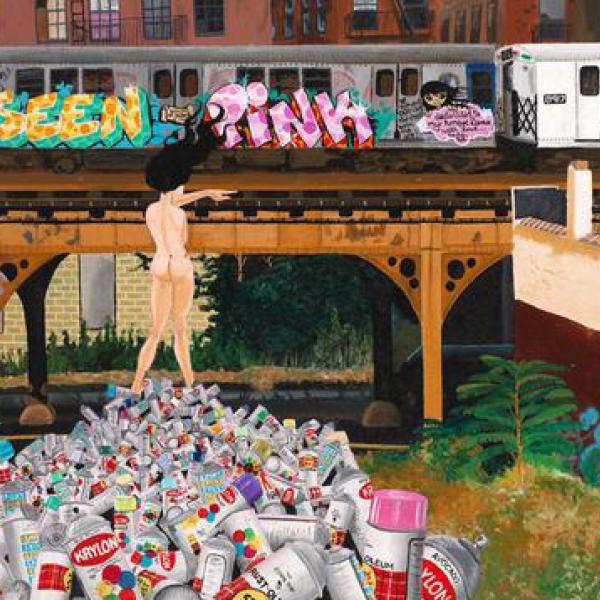MCNY on the Road
Thursday, April 11, 2019 by
In much the same way that museums have active loan programs to other museums for specific items, sometimes a museum will lend an entire exhibition to another museum. Some museums do not have their own collections, and focus their efforts exclusively on special exhibitions. These museums will often borrow exhibitions curated by other museums. In other cases, a museum does collect material, but they have a special interest in presenting a show on a topic that was recently exhibited elsewhere. The Museum of the City of New York has sent many of our exhibitions on the road and across the ocean!
In the past, City as Canvas and Jacob Riis have both toured, nationally and internationally. One recent touring show that I traveled with was The Original Mad Man now on view at the Upcountry History Museum until May 12, 2019).
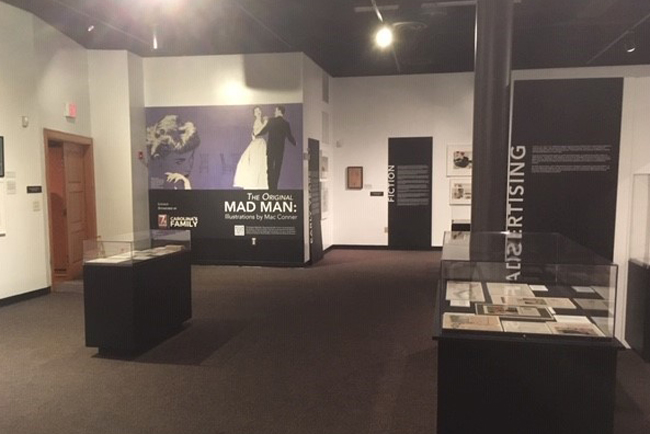
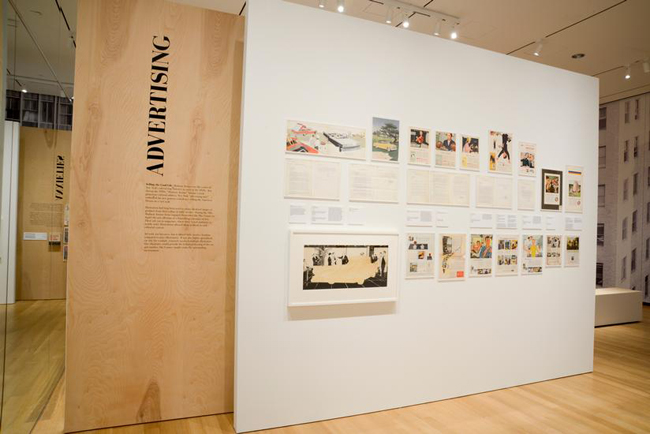
As with loans of individual objects many of the processes around this are the same. Registrars review the facilities report of the borrowing institution; registrars and curators at MCNY do a physical inspection to determine whether or not the items are strong enough to withstand continued exhibition, as this entails months or even years of exposure. The curators determine whether or not an item will need conservation before it can travel, and how long it can be gone. A courier is always present for installation and deinstallation of the exhibit, and may even travel with the work.
Courier travel is a bit different than standard business travel. When you travel for a business meeting or conference, you just get on the train/plane/car and go. In contrast, when you are shepherding a packed exhibition to its destination, you are responsible for its care and custody during travel. This includes everything from ensuring appropriate climate control in the shipping vehicle and approving security arrangements in advance, to actually traveling with the works in the same vehicle or following behind the entire time. Alternately, if the exhibition is travelling overseas, a courier will work with customs agents and fine art expediters to make sure the material goes through TSA screening safely, and must stay with the packed crates until they are in the custody of the airline, and watch them loaded onto the airplane.
At the end of the journey, before the courier can check in to the hotel, they must oversee crates unloaded from transit and stored safely. Once the crates reach their final destination, they will acclimate to the local microclimate for at least 24 hours before unpacking.
The first thing the courier will want to do is get a good night’s sleep after what may have been a long journey, but then the courier may have the rest of the 24-acclimation period as well as evenings after the workday to explore the exhibition’s destination—anywhere from Indianapolis, Indiana to Bologna, Italy. Some of the destinations sound more glamorous than others, but all travel offers great opportunities for exploration and discovery.
Most recently, while serving as courier for The Original Mad Man, I had the chance to explore its temporary home in Greenville, South Carolina. While visiting I spent time in the surrounding natural areas, took in a hockey game (go Swamp Rabbits!), and toured the hosting museum.
After the acclimatization period, the courier goes back to work at the local museum, working with local staff to unpack, condition report, and install the exhibition. This usually lasts about a week. It is a great way to connect with peers in the field, experience different working spaces, and build collegiality through shared effort.
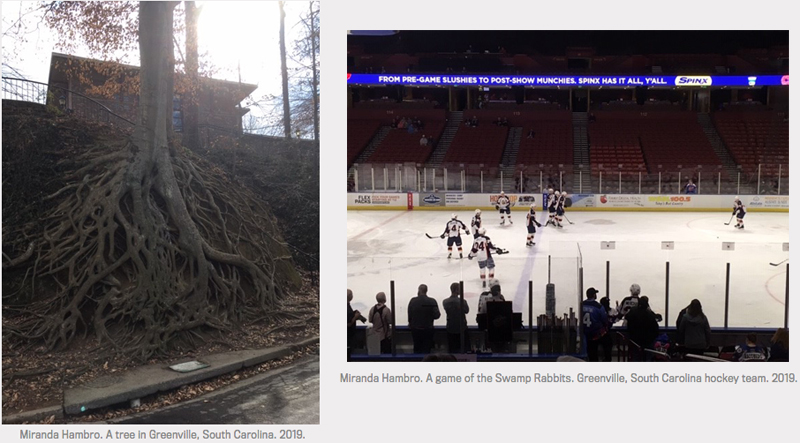
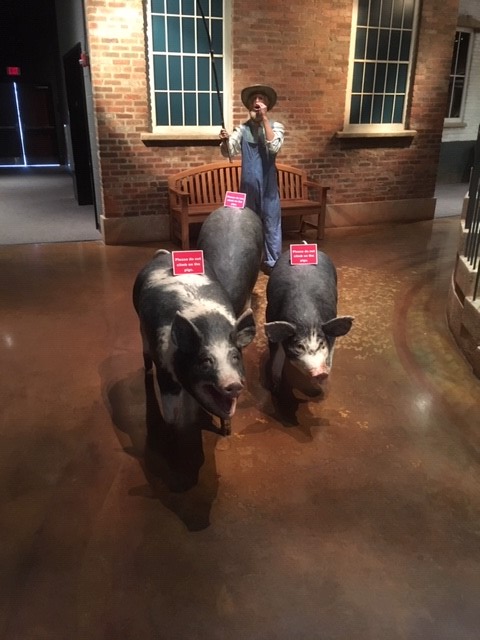
![A photo by an unknown photographer of [Gilda Radner in "Gilda Radner- Live From New York"] in 1979.](https://www.mcny.org/sites/default/files/styles/mcny_col_3_thumbnail/public/MN147951_0.jpg?itok=VSawv9V5)
